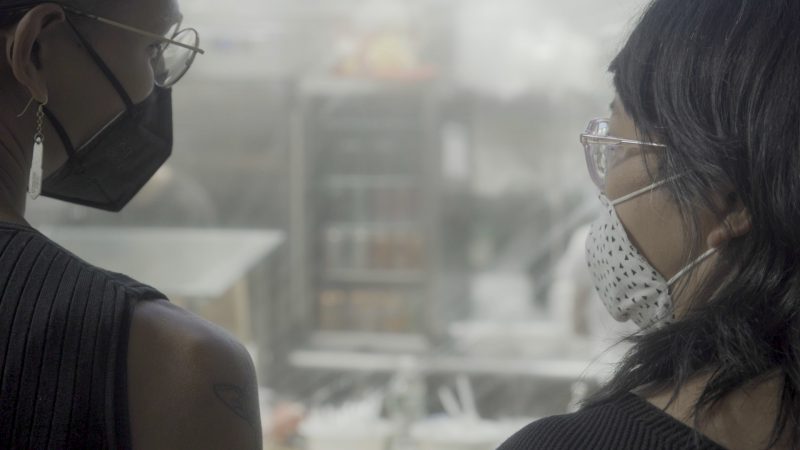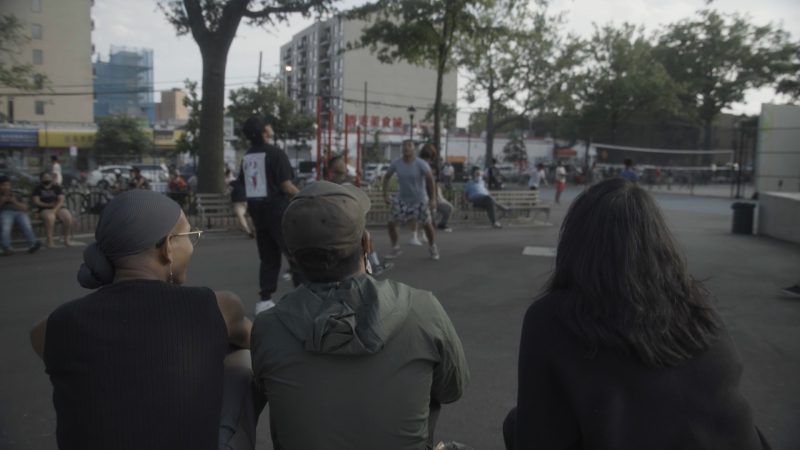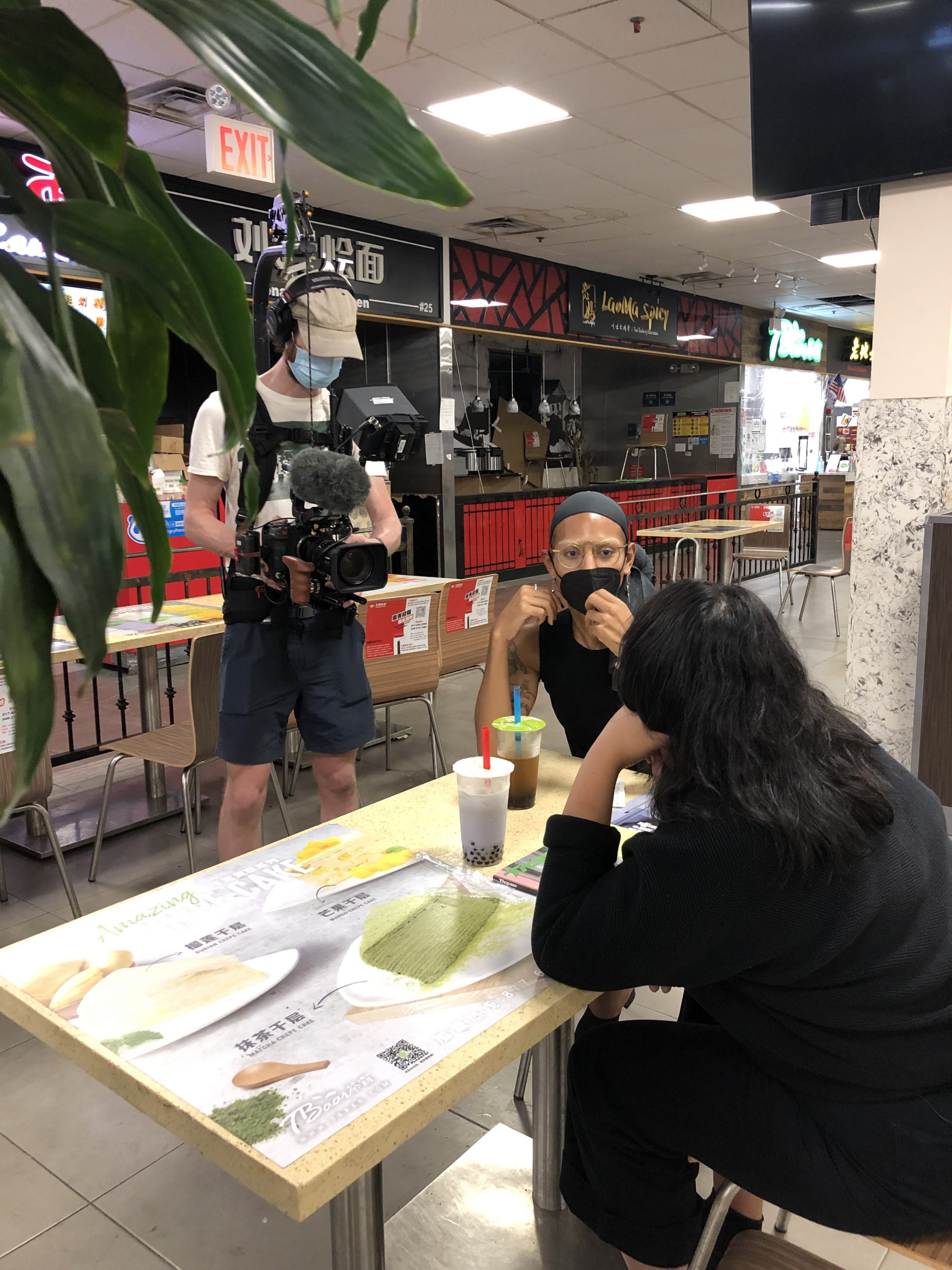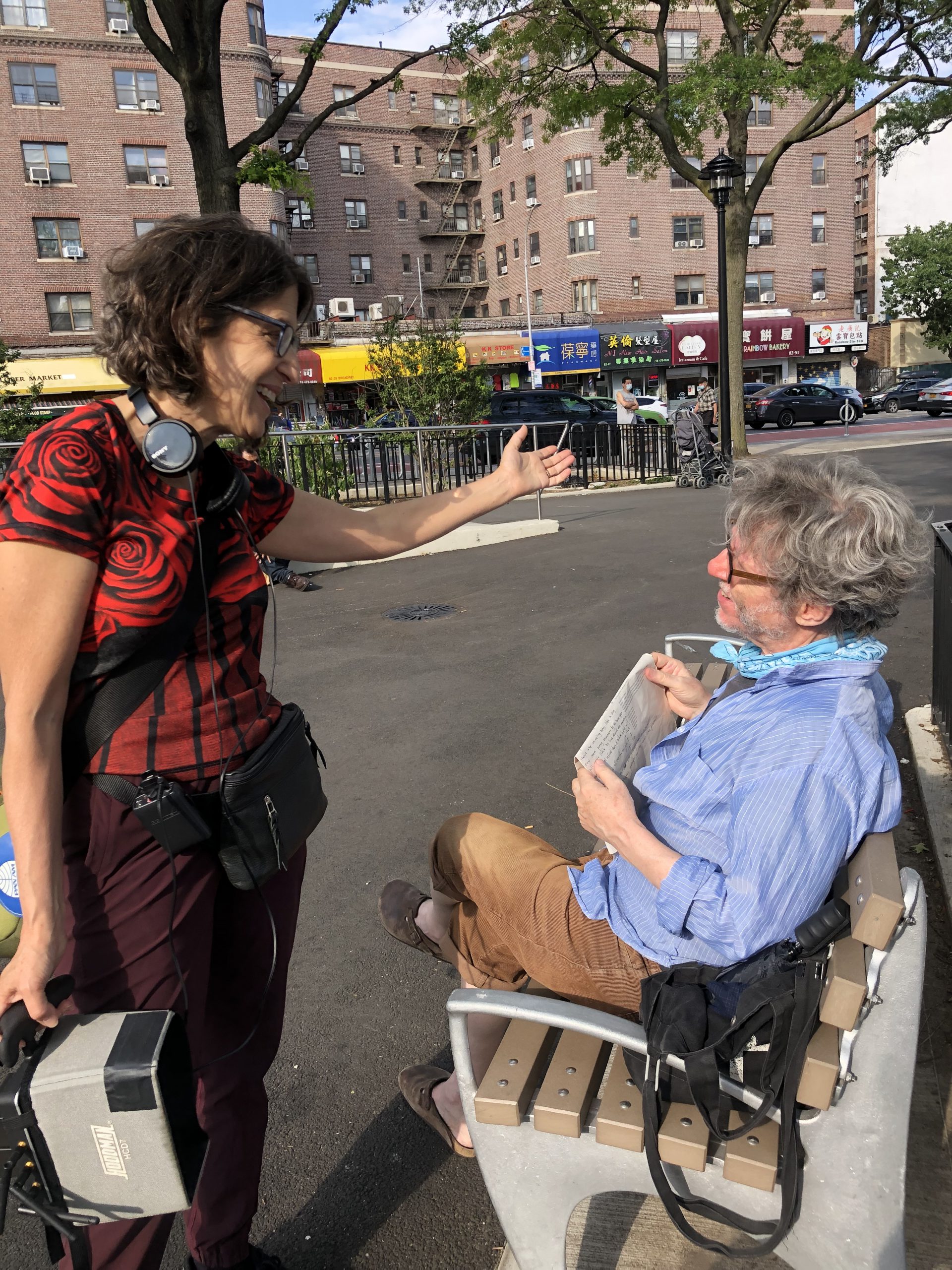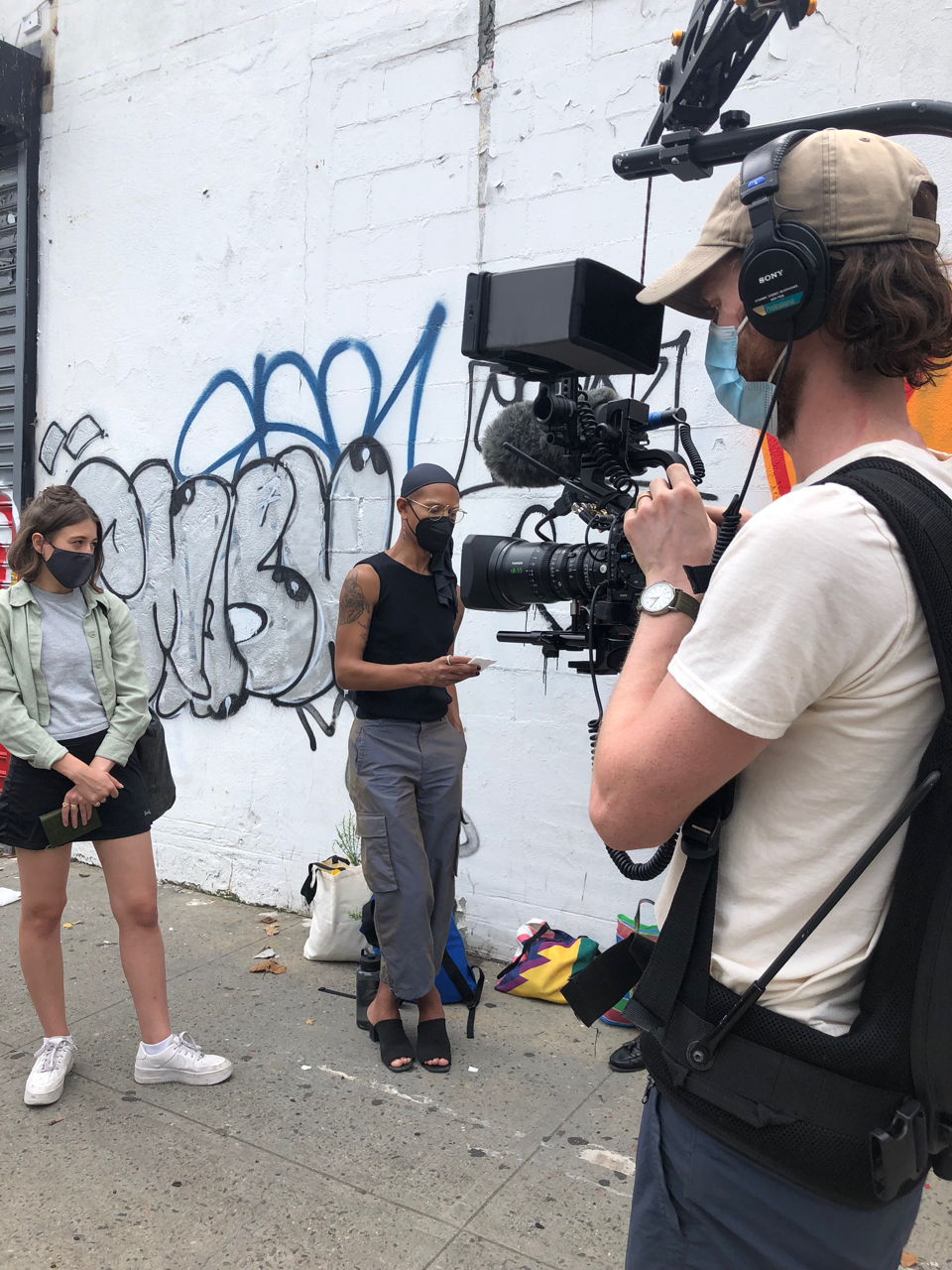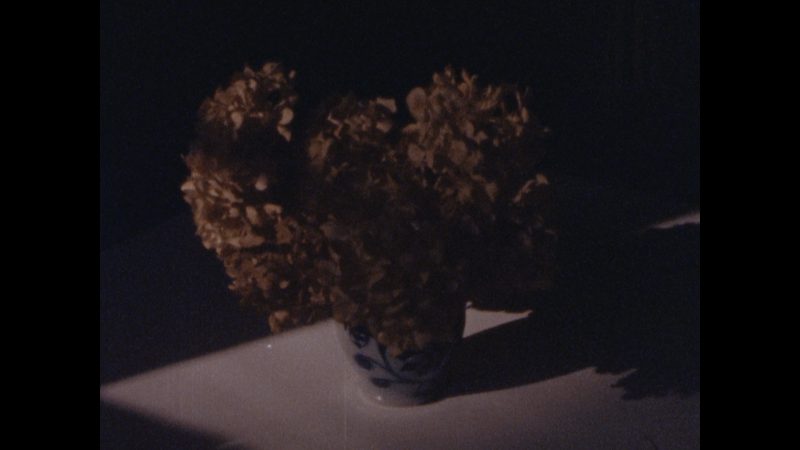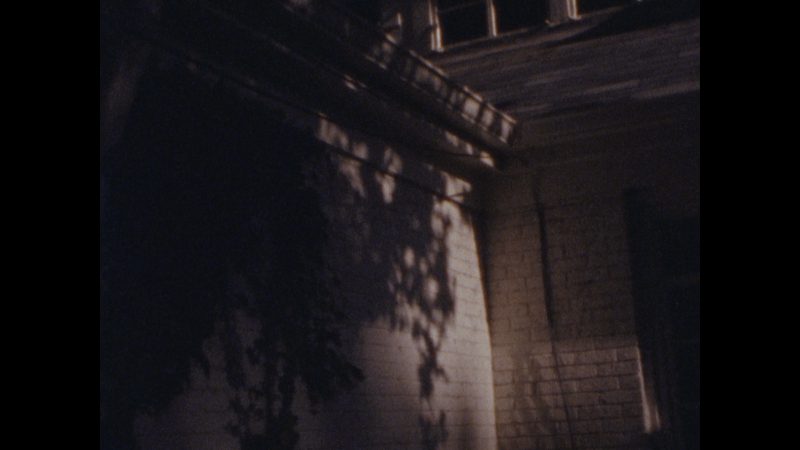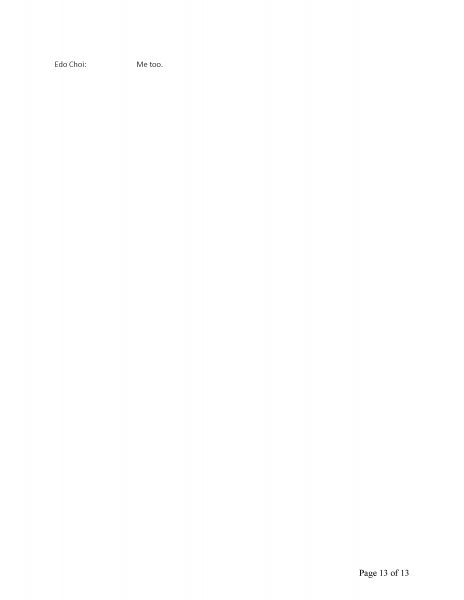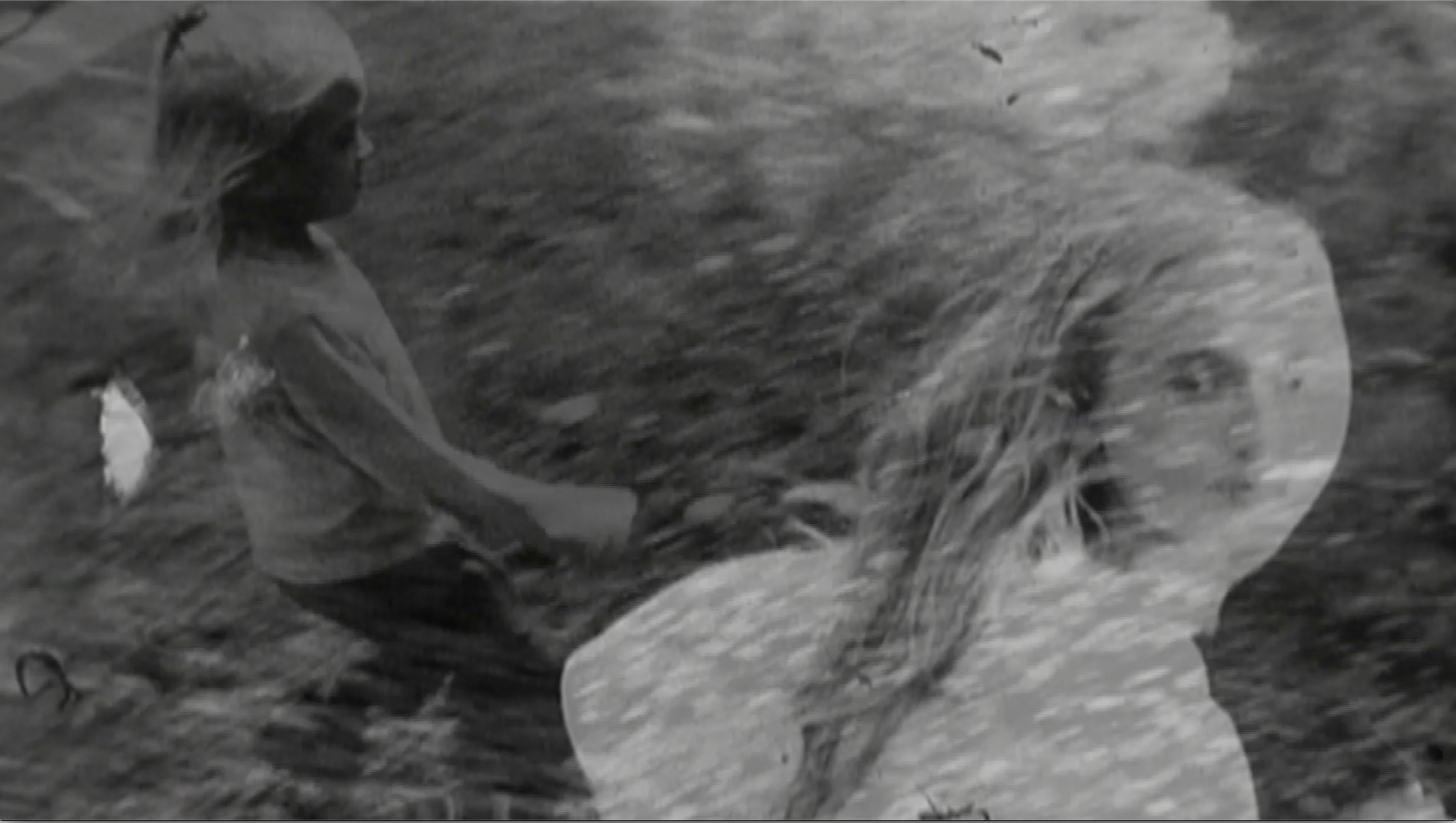
Lynne Sachs will give a workshop on autobiographical family portraits at La Casa Encendida
May 24-26, 2022
La Casa Encendida (Madrid)
http://www.otroscineseuropa.com/lynne-sachs-impartira-en-la-casa-encendida-un-taller-sobre-el-retrato-autobiografico-familiar/
ENGLISH:
Lynne Sachs will give a workshop on autobiographical family portraits at La Casa Encendida
Posted on 04/26/2022 – 12:37:22
The director of “Film About a Father Who” will give this theoretical-practical workshop from May 24 to 26, and will present a monographic session of her work on May 25.
The training program of the cultural center La Casa Encendida (Madrid) will receive the visit of the American filmmaker Lynne Sachs next May, who will give a workshop on the autobiographical family portrait . According to La Casa Encendida, in the workshop “we will explore the ways in which the images of our mother, father, sister, brother, cousin, grandfather, aunt or uncle can become material for the making of a personal film. Each participant will come the first day with a single photograph that she wants to examine. She will then create a cinematic rendering for this image by incorporating narration and acting. In the process, we will discuss and question the notions of expressing the truth and the language necessary for it.”
This workshop is inspired by the work Family Lexicon by the Italian novelist Natalia Ginzburg, whose writing explores family relationships during fascism in Italy, World War II and the postwar period. Ginzburg was a perceptive artist who unified the usual distinctions between fiction and nonfiction: “Whenever I have found myself inventing something according to my old habits as a novelist, I have felt compelled to destroy it immediately. The places, events and people are all real.”
Lynne Sachs is the creator of genre-defying cinematic works through the use of hybrid forms and interdisciplinary collaboration, incorporating elements of essay film, collage, performance, documentary, and poetry. Her highly self-reflective films explore the intricate relationship between personal observations and larger historical experiences. Sachs’s recent work combines fiction, nonfiction, and experimental modes. She has made more than 25 films that have been screened at the New York Film Festival, the Sundance Film Festival, the Toronto Images Festival, among others. They have also been exhibited at the Museum of Modern Art, the Whitney, Walker Art Center, Wexner Center for the Arts, and other national and international institutions. The Buenos Aires International Independent Film Festival (BAFICI), the New Cinema International Festival in Havana, and the China Women’s Film Festival have all presented retrospectives of her films. She currently lives in Brooklyn, New York and is a part-time professor in the Art department at Princeton University.
The workshop will be given in English and Spanish, an adequate level of the language is recommended. Students will have free access to the screening of the Monograph of the filmmaker Lynne Sachs, on Wednesday, May 25 at 7:30 p.m.
SPANISH:
Lynne Sachs impartirá en La Casa Encendida un taller sobre el retrato autobiográfico familiar
Publicado el 26/04/2022 – 12:37:22
La directora de “Film About a Father Who” impartirá este taller teórico-práctico del 24 al 26 de mayo, y presentará una sesión monográfica de sus trabajos el 25 de mayo.
El programa formativo del centro cultural La Casa Encendida (Madrid) recibirá el próximo mes de mayo la visita de la cineasta estadounidense Lynne Sachs, quien impartirá un taller sobre el retrato autobiográfico familiar. Según apuntan desde La Casa Encendida, en el taller “exploraremos las formas en que las imágenes de nuestra madre, padre, hermana, hermano, primo, abuelo, tía o tío pueden convertirse en material para la realización de una película personal. Cada participante acudirá el primer día con una sola fotografía que quiera examinar. A continuación, creará una representación cinematográfica para esta imagen mediante la incorporación de la narración y la interpretación. En el proceso, discutiremos y cuestionaremos las nociones de expresar la verdad y el lenguaje necesario para ello”.
Este taller está inspirado en la obra Léxico familiar de la novelista italiana Natalia Ginzburg, cuya escritura explora las relaciones familiares durante el fascismo en Italia, la Segunda Guerra Mundial y la posguerra. Ginzburg fue un artista perspicaz que unificó las distinciones habituales entre ficción y no ficción: “Cada vez que me he encontrado inventando algo de acuerdo con mis viejos hábitos como novelista, me he sentido obligada a destruirlo de inmediato. Los lugares, eventos y personas son todos reales”.
Lynne Sachs es la creadora de obras cinematográficas que desafían el género mediante el uso de formas híbridas y la colaboración interdisciplinaria, incorporando elementos de la película de ensayo, el collage, la actuación, el documental y la poesía. Sus películas altamente autorreflexivas exploran la intrincada relación entre las observaciones personales y las experiencias históricas más amplias. El trabajo reciente de Sachs combina los modos de ficción, no ficción y experimental. Ha realizado más de 25 películas que se han proyectado en el Festival de Cine de Nueva York, en el Sundance Film Festival, en el Images Festival de Toronto, entre otros. También han sido exhibidas en el Museum of Modern Art, el Whitney, Walker Art Center, Wexner Center for the Arts y en otras instituciones nacionales e internacionales. El Buenos Aires Festival Internacional de Cine Independiente (BAFICI), el Festival Internacional Nuevo Cine en La Habana y el Women’s Film Festival de China han presentado retrospectivas de sus películas. Actualmente vive en Brooklyn, Nueva York y es profesora a tiempo parcial en el departamento de Arte de la Universidad de Princeton.
El taller será impartido en inglés y castellano, se recomienda un nivel adecuado del idioma. Los alumnos tendrán acceso libre y gratuito a la proyección del Monográfico de la cineasta Lynne Sachs, el miércoles 25 de mayo a las 19.30.




